
Karen Carr How do vertebrates fossilize?There are a few ways that vertebrates can fossilize. Bones and teeth are usually the only parts that preserve since they are hard and durable. Although rarer, sometimes feather and scale impressions can be preserved. Generally the harder the body part, the greater likelihood of it being fossilized. There are a few modes of fossilization at Florissant like impressions or carbonization. It is also possible to have several forms of fossilization in one fossil. 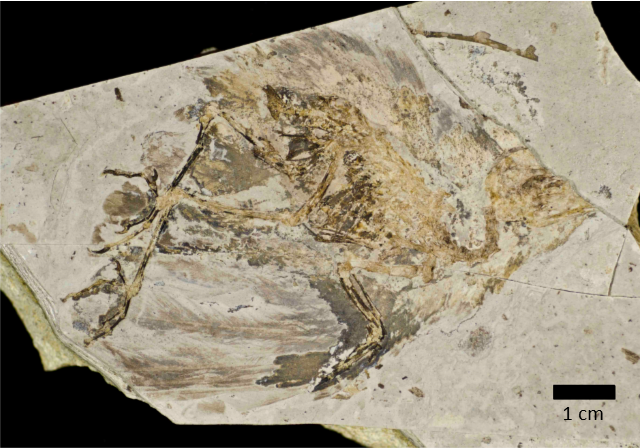
NPS 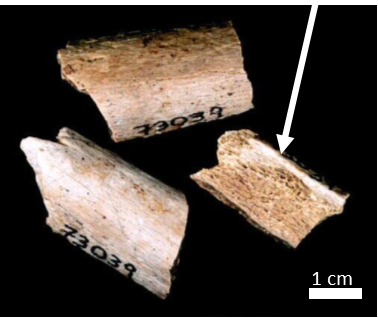
NPS 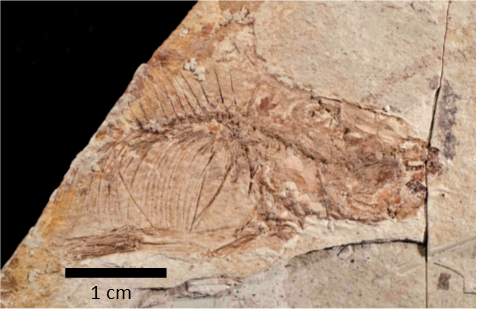
NPS What existed in Eocene Florissant?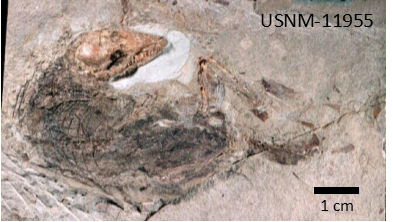
USNM-11955 These marsupials were once plentiful in North America but later became extirpated here after having migrated to the southern hemisphere, where they diversified. They typically measured 4 to 5 inches (10-13 cm) from head to tail and their diet consisted of insects and small fruits. It is likely they spent most of their time in the trees to avoid predators using their prehensile tail to aid in climbing. 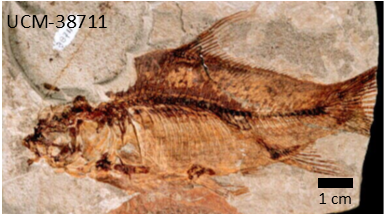
NPS Suckers were 3 to 5 in (7-13cm) freshwater fish that lived at the bottom of the lake. Amyzon suckers were a common fish, with three specimens collected from Florissant’s deposits. They would have been omnivorous, feeding on the both plants and aquatic organisms. While the genus Amyzon died out at the end of the Paleogene (23mya), the family Catostomidae continues to this day in North America. 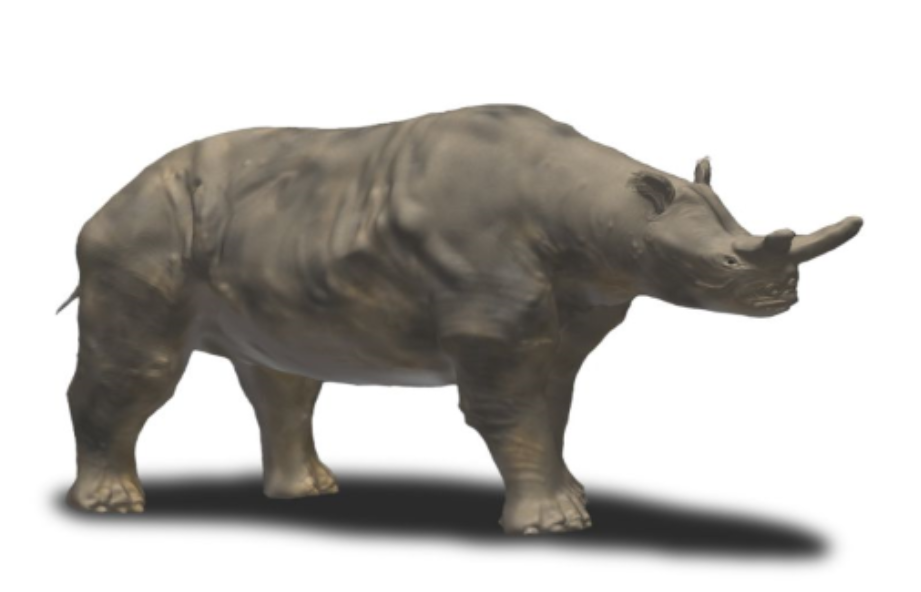
NPS The largest of the animals to walk through Lake Florissant’s forests were brontotheres. These giants were 8 feet (2.4m) tall and weighing as much as two tons(1.8 tonnes). They sported a huge bifurcated horn above their nose for protection against predators and by males to settle rivalries. They are most closely related to rhinos, but filled an ecological role similar to modern day elephants. Unable to cope with the changing climate, brontotheres went extinct at the end of the Eocene. 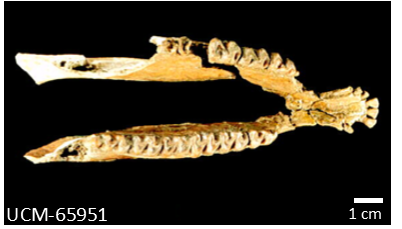
NPS Considered to be transitional from the small ancestral horses to today’s large modern horses, Mesohippus evolved greater speed with longer legs and three toes. These primitive horses were only 3 feet (90cm) tall, which aided their ability to hide from predators. Based on the structure of their teeth, Mesohippus were browsers (fed on shrubs and trees), not grazers (grass eaters) like modern horses. 
NPS/Karen Carr Rails were slender birds with compact bodies that measured about a foot from head to toe. Their long legs allowed them to wade through shallow water in search of food. They fed on aquatic insects and crustaceans by using their long beaks to dig prey out. Rails are still around today, inhabiting all continents except Antarctica, though they are elusive and hard to find. Are there more vertebrates?In addition to the vertebrates above, the monument has found a few more animals. The collections contain three other birds which are: a cuckoo, a pooto and a roller. A few years ago, a snake vertebra was found, which is the first reptile found at Florissant. The fish are the most abundant fossils in the Florissant fossil record. This is because fish lived and died in the water whereas other animals’ carcasses would have to be transported to the lake and preserved. As excavations continue to take place, more bones, teeth and other hard parts may be uncovered to reveal more animals that lived in the Florissant ecosystem. |
Last updated: October 31, 2020
